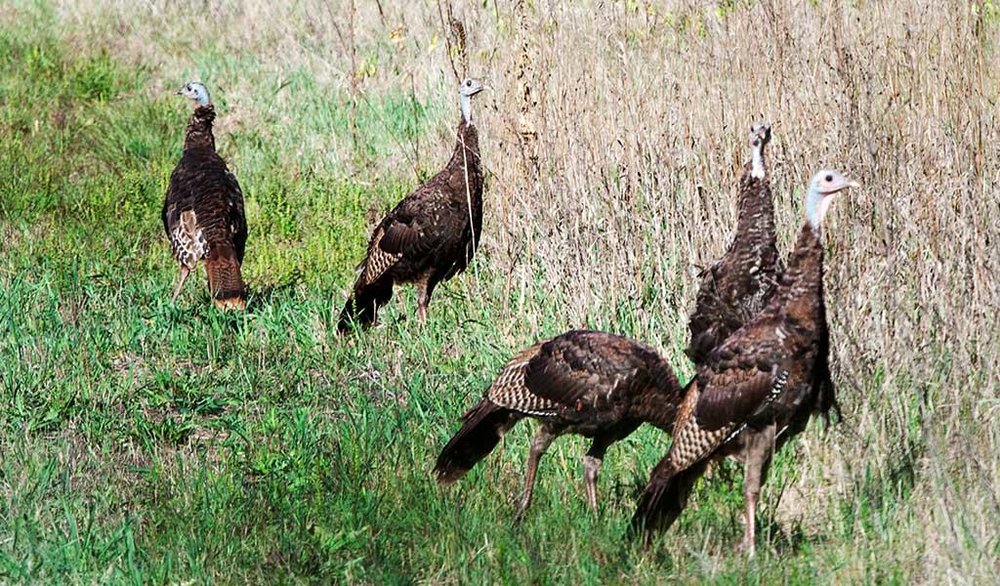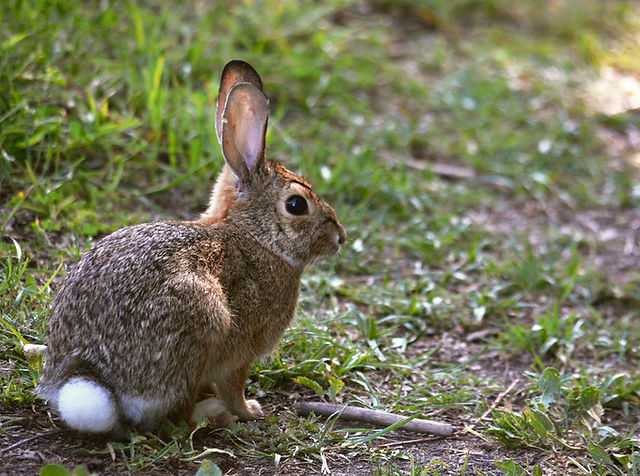
The rules of fair chase address a variety of ethical issues, including the rule limiting the hunter's unfair advantage against a game animal and the rules governing first blood. The history of fair chase is long. They can be used as a guide to hunters looking for ways to increase their chances of success without compromising their ethical integrity. These rules are vital for ethical hunting, and have been approved by the Malta Gaming Authority.
Hunting ethically
Depending on the state you live in, hunting ethics can vary greatly. There is no one code of ethics that hunters can follow, but they should be aware of the different species they are hunting. This means understanding the species, their habits, habitats, and places in human cultures. Moral hunting is about personal choice and self control. Here are some guidelines to help you hunt ethically.

Limiting hunters' unfair advantage over game animals
There is controversy surrounding the ethics of hunting game animals. Some people feel canned hunting is unethical, while others disagree. Vice President Cheney accidentally shot a fellow explorer during a canned hunt of Quail. It depends on the culture and religion of each individual whether canned hunting is acceptable or not. Canning may be considered ethically acceptable by one person but not by another.
Rule of first blood
The hunter with the most points wins. This rule was created to protect the hunter’s experience with the predator-prey relation, which is one of the most fundamental relationships between humans. For more information, please refer to the Club's Essay and Position Statement on Fair Chase. This article will explain the importance and benefits of promoting fair chase. In addition to its philosophical basis, the Fair Chase ethos is also important to the conservation of the environment.
Legality
Wildlife conservationists and hunters are still arguing about the legality of fair-chase hunts. It is unclear how far fair chase hunting has been extended. But its supporters insist that it fosters sustainable hunt. Despite the fact big game populations have been declining in recent years, fair-chase is proven to be more sustainable that no hunting.
Regional preferences
Although regional preferences may vary, fair chase standards are often determined by law and personal preference. No matter whether hunting is in a protected area or on private land, ethical hunters observe certain standards. They practice responsible hunting, have a good knowledge of the game, and are careful not to be rude. Grinnell’s Forest and Stream magazine, Acorn series of hunting books and newsletters, and Grinnell’s Forest and Stream are usually published annually by members. Listed below are some examples of acceptable behavior at a fair chase.

The purpose
A basic concept of ethical hunting, fair chase addresses the conduct of hunters in the field. Fair chase has been an integral part of the education of new hunters for more than a century. The fair chase concept has produced a new generation of hunter-conservationists who share a deep respect for the land and a commitment to ethical harvest methods. It is essential that we understand what constitutes fair chase to protect our hunting heritage.
FAQ
What gun works best for hunting?
A.22 calibre rifle is the most effective weapon for hunting. It's light and easy for hunters to carry. It allows you to accurately shoot long distances.
You should not expect an attack by a prey to make this firearm most useful.
It is not a good idea to shoot at trees with ammunition. This would cause little harm. You must be able to clearly see your prey.
A.30 caliber rifle can be used if you plan to hunt larger game such as deer and elk. However, it's heavier than a.22 caliber rifle.
To achieve the same accuracy with a rifle of 30-caliber calibre, you will need to practice more.
What is the most critical part of hunting wildlife?
How do we get there? We start by learning how to shoot accurately. Then, it is important to know how to hit the target. We must also learn to adjust when we miss our target.
Hunting is only possible if you know what you're doing. It is impossible to improve your hunting skills if you don’t know what you’re doing. While you may think that you've improved by taking better shots, the fact is that you won't be able to use those shots as a guide. The same applies to hitting targets. If you don’t get why you’re not succeeding, you won’t be able to change. This means that you must know what you are aiming for.
This is where knowledge plays a major role. Knowledge is key to your ability to hunt. You want to learn as much about the animals that you see while you are out in nature. It's important to learn about their habits, personalities, and behaviors. So you can plan your hunts smoothly and efficiently.
Learn from those who have succeeded in the past. You can find many books on the topic. In addition, there are websites like www.thehuntingzone.com that offer great tips and advice. Finally, there are people who have years of experience behind them. They can help you to identify what works well and what doesn’t.
After you have learned all you can, it is time to put your knowledge into practice. Practice makes perfect. But you should not practice until you feel great. Instead, practice until confidence is built. Confidence allows one to relax and enjoy each step. Relaxation allows you to focus on the task at hand. Concentration will allow you to seize every opportunity. You can only be relaxed and focused when there are opportunities.
Once you are ready to put your new skills into practice, it is time to test them. You don't have to fail. You can keep improving and practicing. You'll eventually succeed.
What is the cost of becoming a hunter?
The costs associated with hunting vary depending on the area you live in.
In certain areas, you might only need to pay an entry fee to get access to public lands.
Some states require permits or licenses before you may hunt.
Hunting costs vary depending on what type of firearm you choose. A rifle typically costs more than an average shotgun.
The cost of a license ranges from $10 to $50. Additional tags may be required depending on how often you hunt.
To hunt certain species, you will need a permit. The species you hunt will dictate the amount you pay.
Hunting wild turkeys requires a tag that costs up to $150.
Is it allowed to hunt bears in Alaska
Yes, you can hunt bears in Alaska. Bear hunters may use traps and snares in order to capture them. Other hunters use dogs to find bears.
The Alaska Board of Game regulates bear hunting. Before they can go into the woods, bear hunters must get a bear license.
Denali National Park Preserve, for example, is home to bear hunting. Tourists can even go on guided hunts to capture bears.
Why is it that only 1% of hunters kill deer annually, according to the U.S. Department of Agriculture.
USDA estimates that 6.5 Million Americans hunt deer. Of these, only about 2.2 million actually shoot one.
This means that approximately 0.6 percent of hunters kill deer every year.
Statistics
- Less than 1% of Hawaii's population has a hunting license. (stacker.com)
- In less than 20 years, Rhode Island saw a 40% drop in the number of hunting licenses for residents, according to The Valley Breeze. (stacker.com)
- Over the past 50 years, the number of hunting licenses in California has been on a rapid decline, falling 70% from more than 760,000 in the 1970s to under 268,000 in 2020—even as the state's population has skyrocketed, according to The Mercury News. (stacker.com)
- According to the Wildlife Restoration Act, passed in 1937, most of the state conservation efforts are funded through hunting and fishing license sales and firearms sales. (stacker.com)
External Links
How To
How to hunt wild turkeys
Wild Turkeys can be described as birds that are found throughout North America. They are most prevalent in Texas, Oklahoma. New Mexico, Arizona. Colorado. Utah. California. Nevada. Idaho. Wyoming. South Dakota. Montana. Wild Turkeys consume grasses, seeds and insects. They may also eat berries and acorns in some regions. Their diet helps them stay healthy and strong. For clothing and hats, wild turkey feathers are used. Their breast meat is used to make a delicious meal.
You can hunt wild turkeys safely if these tips are followed. Wear long pants with closed-toe shoes. Avoid perfume and cologne as they attract predators. If you see a predator, do not run away. Instead, slowly walk toward your vehicle. Stay calm and quiet when you approach a bird. It might take several attempts before the bird is close enough to you that you are able get a good shot. Use 00 buckshot when shooting at wild turkeys. Shoot only one shot at a wild turkey.
If your gun jams try again later. To avoid getting hit by flying pellets, duck behind a tree or car. If you're lucky, a hunter might come along to help you clean up.